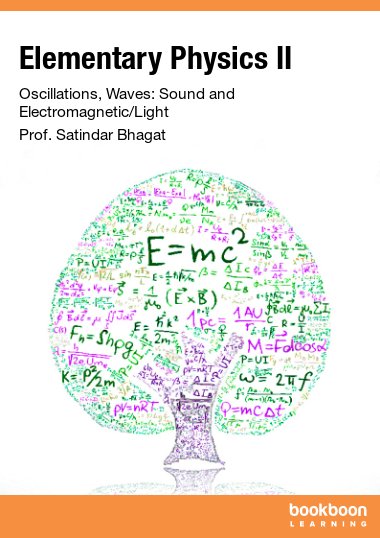Developing an elementary picture of the Universe was the challenge here.
In EP I we concentrated on motion of particles and a brief introduction to thermodynamics. To complete our study it is notable that throughout life we work with two WAVE phenomena: SOUND and LIGHT! This volume (EP II) is intended to help us understand them at the most basic level. We begin by discussing waves in matter - SOUND being a special case. To get there we start by describing linear harmonic oscillations and go on to travelling waves in strings, standing waves in strings and pipes and eventually the basics of periodic SOUND waves in gases. To understand the nature of LIGHT we begin by introducing Electric and Magnetic fields and build the relationships which develop into what are arguably among the most powerful equations in Physics: Maxwell's Electromagnetic Field Equations. They unequivocally predict the existence of electromagnetic waves travelling in vacuum: waves which are ubiquitous (radio waves, infra-red, LIGHT, uv, X-rays).
To summarize, we have explored particles (matter) and EM waves (radiation), the two basic components of the observable universe.

